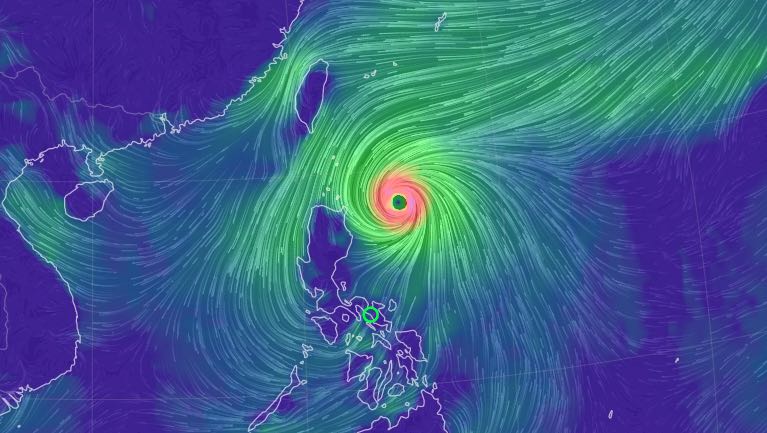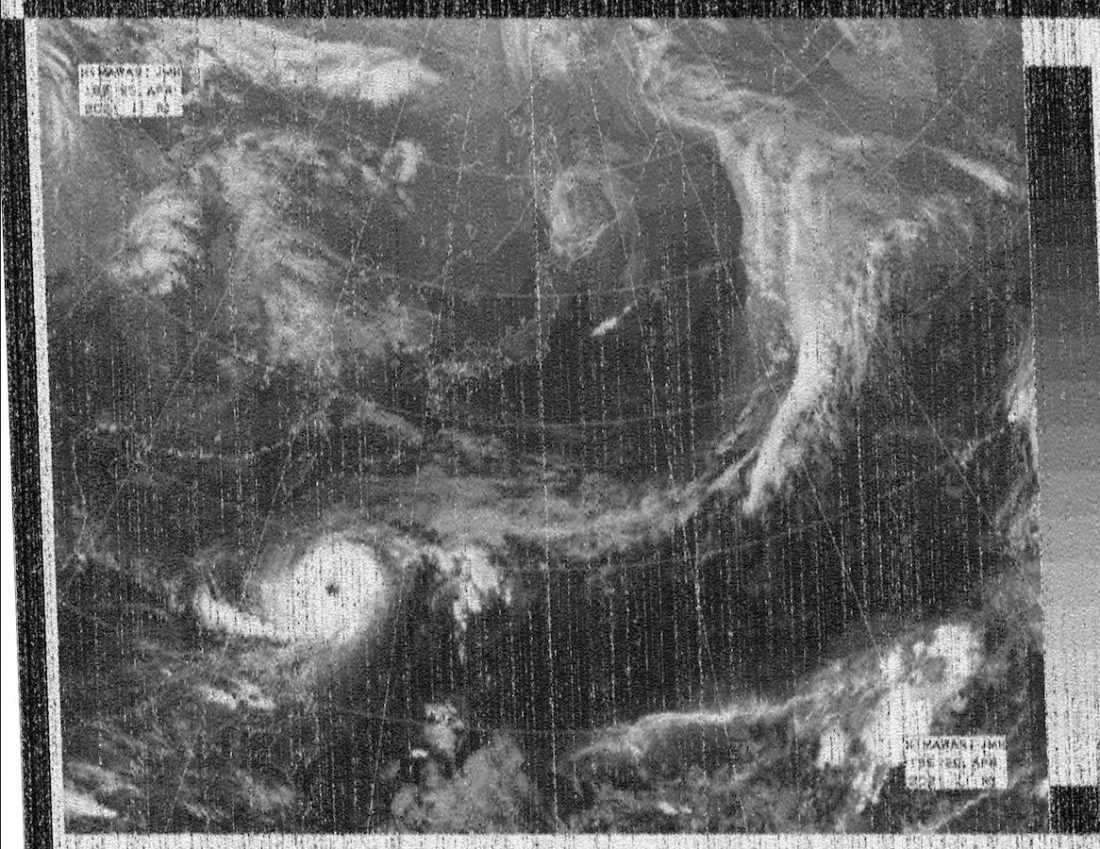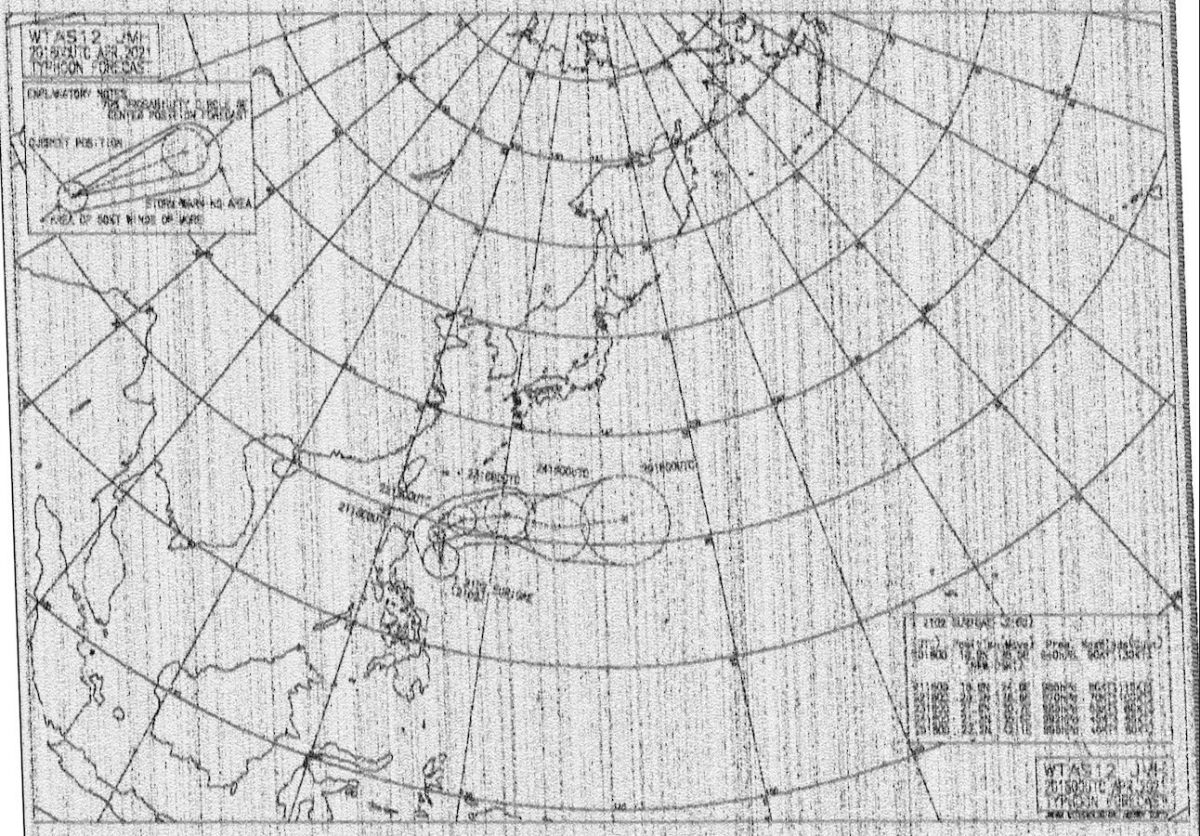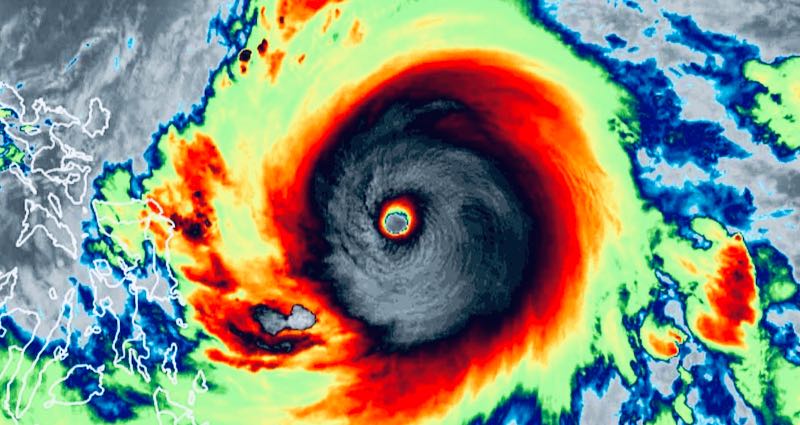 Many thanks to SWLing Post contributor, Carlos Latuff, who writes:
Many thanks to SWLing Post contributor, Carlos Latuff, who writes:
Technology considered obsolete, the fax, or better, radiofax (transmitted by radio) continues to be used by several meteorological agencies around the world, which broadcast weather charts to vessels on the high seas. These two images were transmitted today by the Japan Meteorological Agency and received at 19h10 and 19h50 (UTC) in Porto Alegre, Brazil.
The first image is a photo from the Japanese satellite Himawari 8. Even with noise, due to the shortwave propagation, you can see clearly the “eye” of typhoon Surigae.
The second image is a typhoon alert, indicating on the map that Surigae has changed course and is now en route to the Pacific.
These two images were transmitted today by the Japan Meteorological Agency, on the frequency of 7795 kHz
Thank you for sharing this, Carlos. It’s amazing, the amount of information you can receive over the air even with modest equipment by today’s standards. With a modest portable radio and a little decoding software, anyone can grab images like this.



